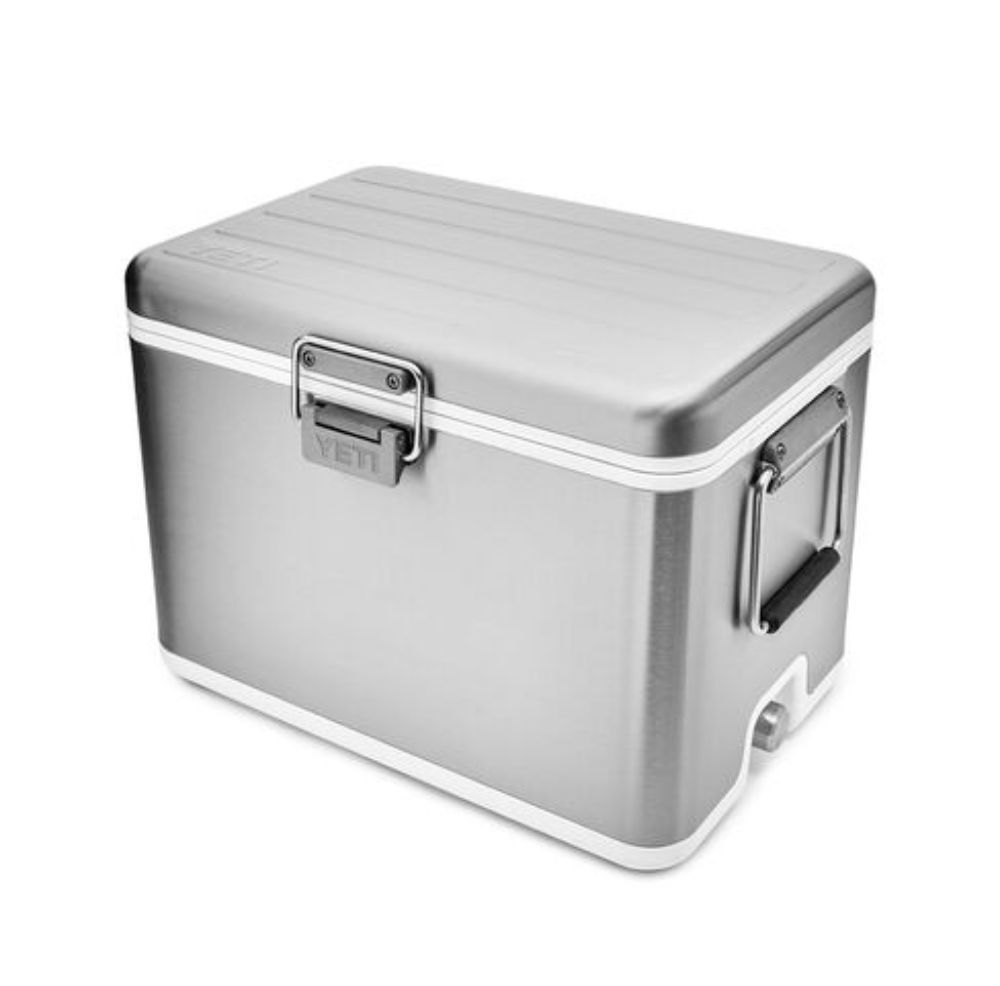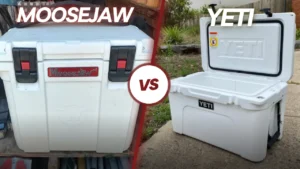While some people might see coolers as a simple box to hold ice I see coolers as a fascinating stoke of manufacturing genius. But what are coolers made of that makes them work so well?
Especially over the years as coolers have moved from cheap, easily breakable boxes that hold ice for roughly 1 day to tough nearly indestructible containers that are bear proof and can hold ice sometimes for more than 2 weeks!
I review coolers for a living. I live and breath coolers and have spent hours researching how coolers are made and what coolers are made of. Here's the short of it.
Basic coolers are made from polystyrene or spray-foam walls with a thin blow-molded polypropylene (PP) plastic exterior. More expensive coolers like Yeti have a thick roto-molded polyethylene (PET) plastic shell that is then injected with polyurethane foam which is heavier, but a more effective insulator.
In this article we'll outline in more detail what coolers are made from, why these materials are chose and how the coolers are made.
We'll begin with cheaper regular coolers and then we'll look at the more expensive roto-molded coolers like Yeti.
What Are Basic Coolers Made From?

First I want to have a look at your cheaper and more basic coolers. You know the ones you would find for $30-$50 at your local hardware store or Walmart.
They usually comes in either blue or red (why those two colors I don't know) with a white lid.
They are lightweight, have plastic handles and hinges and are much easier to break than more expensive coolers. This is partly due to the type of plastic they are made from which is more rigid but also they are just thinner too and not as strong.
Blow Molded Polypropylene Shell
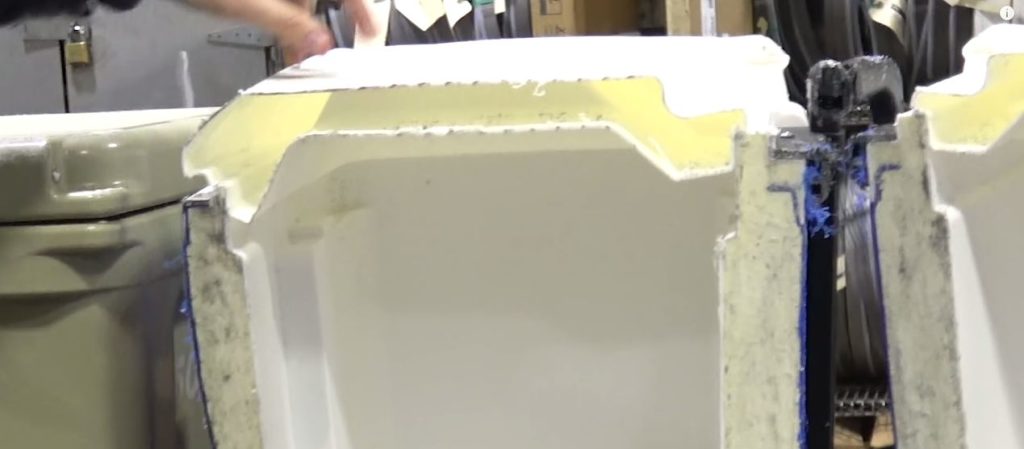
Regular coolers have a blow molded outer shell made from polypropylene plastic which is one of the most common plastics out there.
Blow molding is the most popular method for creating hollow containers as it's cheap, quick and super cost effective when done in bulk.
A tube of melted plastic is created and put into a mold. A blast of pressurized air is pumped into the plastic forcing it to take the shape of the mold.
It's quick and easy but it means the plastic isn't very thick once it's stretched out to cover the entire mold.
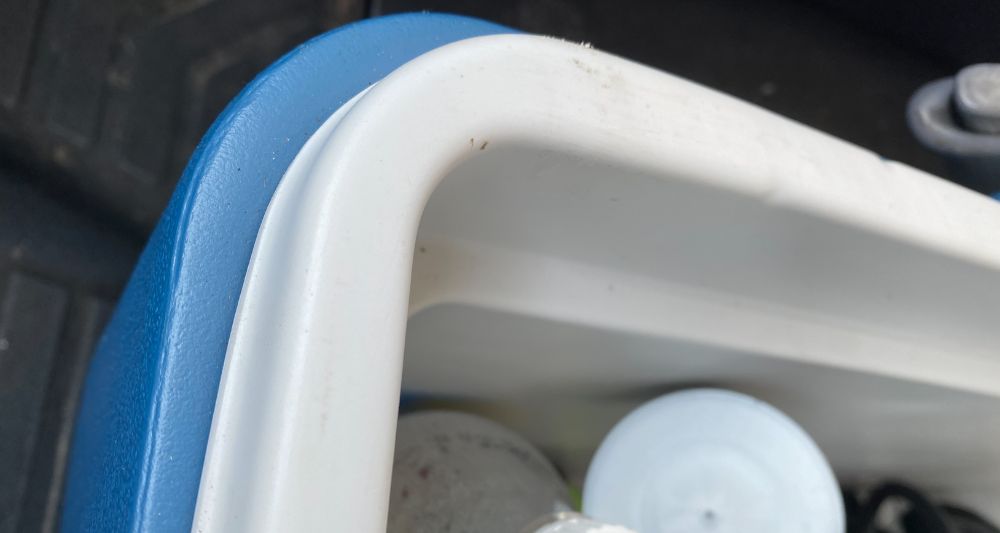
The lid is usually molded as one single piece that is left hollow while the body of the cooler is manufactured in two parts. A colored, textured outer layer and a white smooth inner layer.
Polystyrene Insulation (Styrofoam) or Spray Foam (Polyurethane or other)
The insulation in basic coolers can be added in a couple of different ways depending on the cooler and the manufacturing process.
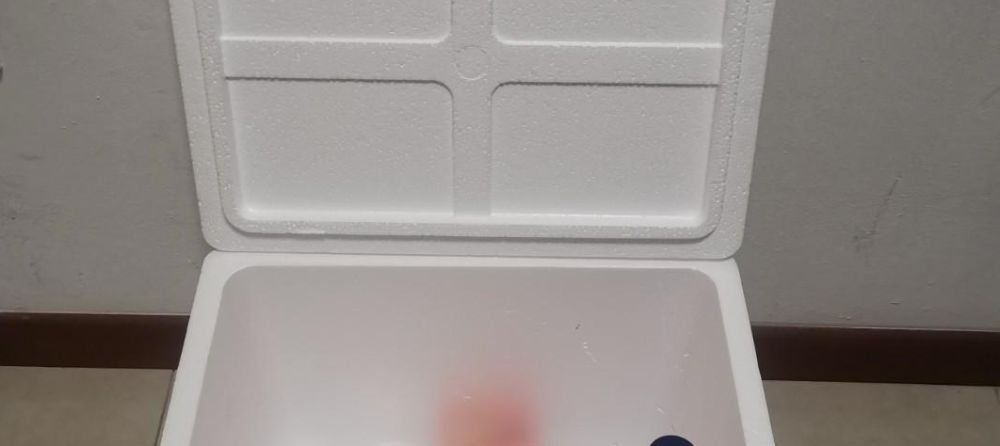
Because basic coolers are made of two separate plastic parts, one of the outside one of the inside, they can cut a piece of expanded polystyrene perfectly to shape in order to fit in between the inner and outer walls.
This is the same type of insulation used in those white styrofoam coolers which don't have any plastic over them at all. It's also used in things like noodle cups and coffee cups.
The other alternative is that a manufacturer can use spray foam to fill in the space between the inner and outer walls of the cooler.
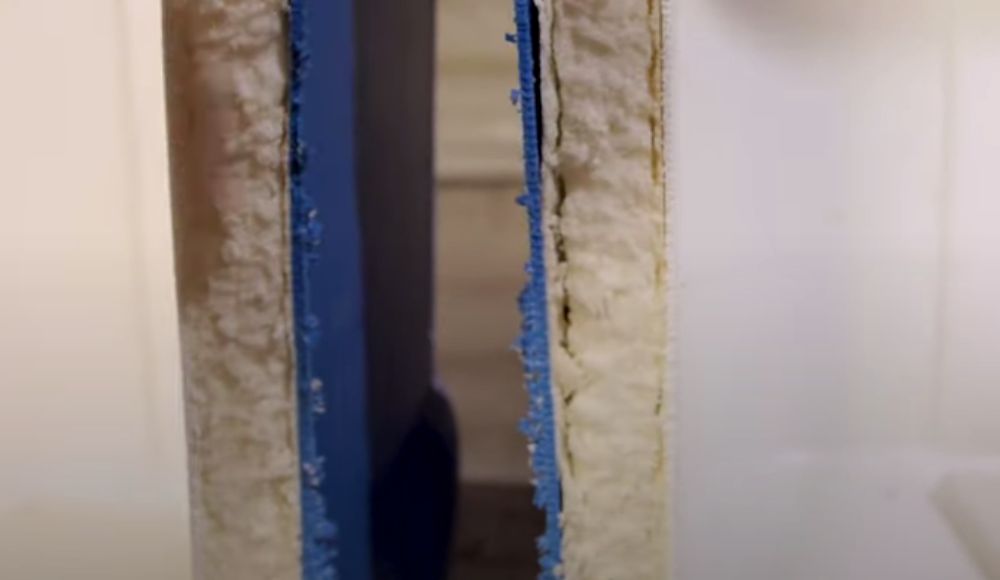
The spray foam expands to fill the space and insulate your cooler.
Spray foam can be made from high-density polyurethane but given how light these coolers are it's more likely they use a medium density spray foam which doesn't insulate as well but is cheaper and lighter.
This could be made from isocyanate and polyol resin (according to Wikipedia) but I was unable to find any manufacturers who actually state exactly what type of foam they use in these coolers.
So your guess here is as good as mine.
Even if they do use the same polyurethane foam as used in more expensive coolers they use a lot less of it. The video below shows a Kong Cooler has twice as much insulation in the walls than a regular Igloo cooler and it held ice much much longer.
What Are High-End Roto-Molded Coolers Made From?

High-end roto-molded coolers like Yeti, Orca, Kong and other premium brands are made completely differently to cheaper coolers.
They use a different manufacturing process which creates a stronger outer shell and they use better insulation which sets hard adding extra strength to the cooler.
Roto-Molded Polyethylene Shell
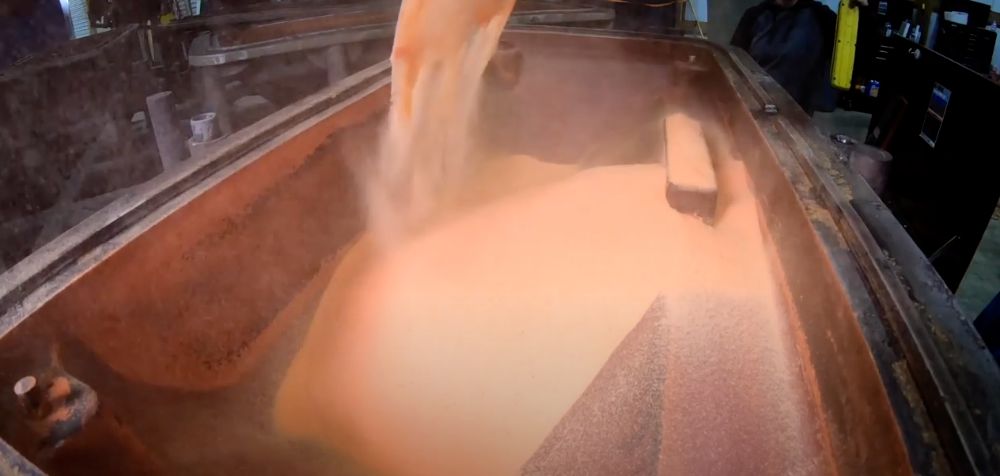
High-end coolers like Yeti are usually made from a polyethylene shell that is UV-resistant and is roto-molded in order to create a thick and durable outer shell for the cooler.
Roto-molding uses a powdered plastic that is placed inside a mold and heated up at the same time it is rotated. The plastic melts and forms an even layer around the outside of the mold.
It is then cooled and it sets hard and then removed from the shell. This creates a much thicker plastic shell than basic blow molded coolers and polyethylene plastic is more impact resistant and so it is less likely to break, crack or shatter.

You can see a really good video of what roto-molding is down below.
Polyurethane Insulation
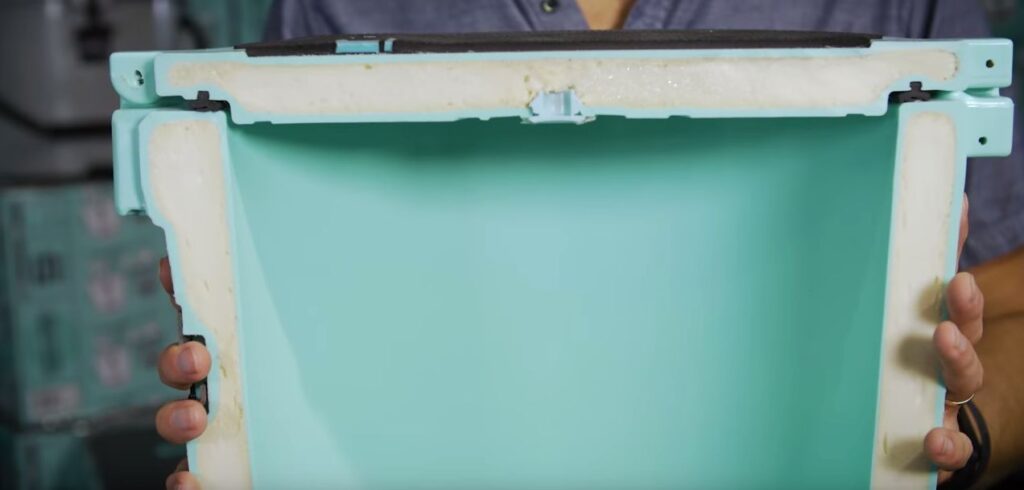
Once roto-molded high-end coolers are then pressure injected with high density polyurethane foam. This is one of the best materials for insulation and keeping ice from melting.
The denser the polyurethane foam the better it insulated but also the heavier it becomes. High end coolers often use 2-3 inches of insulation in the walls, floor and lids of their coolers.
This is a lot of dense foam overall so it adds a lot of weight to the cooler.
The polyurethane foam sets hard which adds extra strength to the cooler making it nearly indestructible.
New: Vacuum Insulation
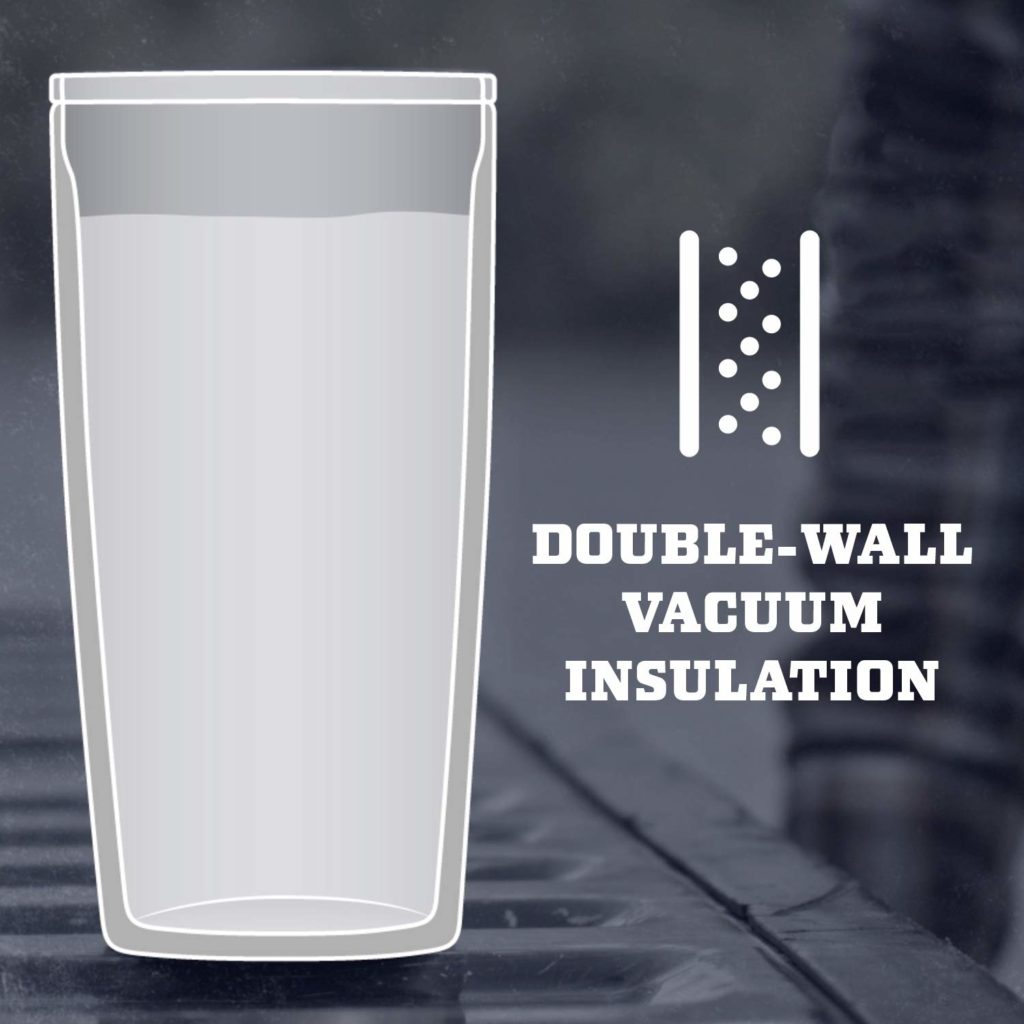
There aren't many things better than polyurethane foam at insulation and keeping ice frozen. Silica Aerogel is one of them but it's notoriously expensive and fragile.
The best insulator of all is actually a vacuum. Not your hoover type vacuum that you clean your living room with but an empty space with no air inside it (like space itself).
Vacuum insulation is how Yeti tumblers work to keep ice so long and it's the same technology a Hydro Flask uses to keep drinks cold and a thermos uses to keep soup hot.
There is an inner and outer layer of stainless steel and in the cavity in between they suck out all the air to create a vacuum.
While this has been applied to cup, mugs, bottles and thermoses for over 100 years and more recently to larger thermal cookers it hasn't been applied to large coolers.
That is until Yeti launched the “Yeti V” a stainless steel cooler that uses a combination of a vacuum and polyurethane foam in order to keep ice 50% longer than a regular Yeti cooler.
This is a big innovation in the cooler space but it's currently only in one cooler and it's extremely expensive. Maybe it will become cheaper over time.
See just how expensive the Yeti V cooler is at Yeti.com
